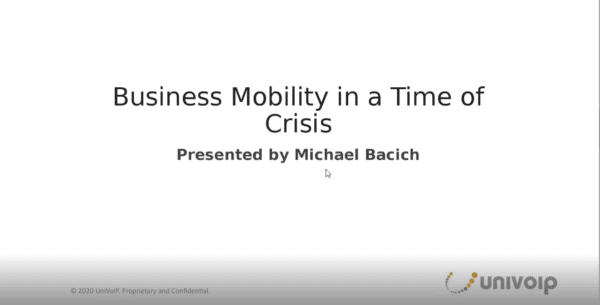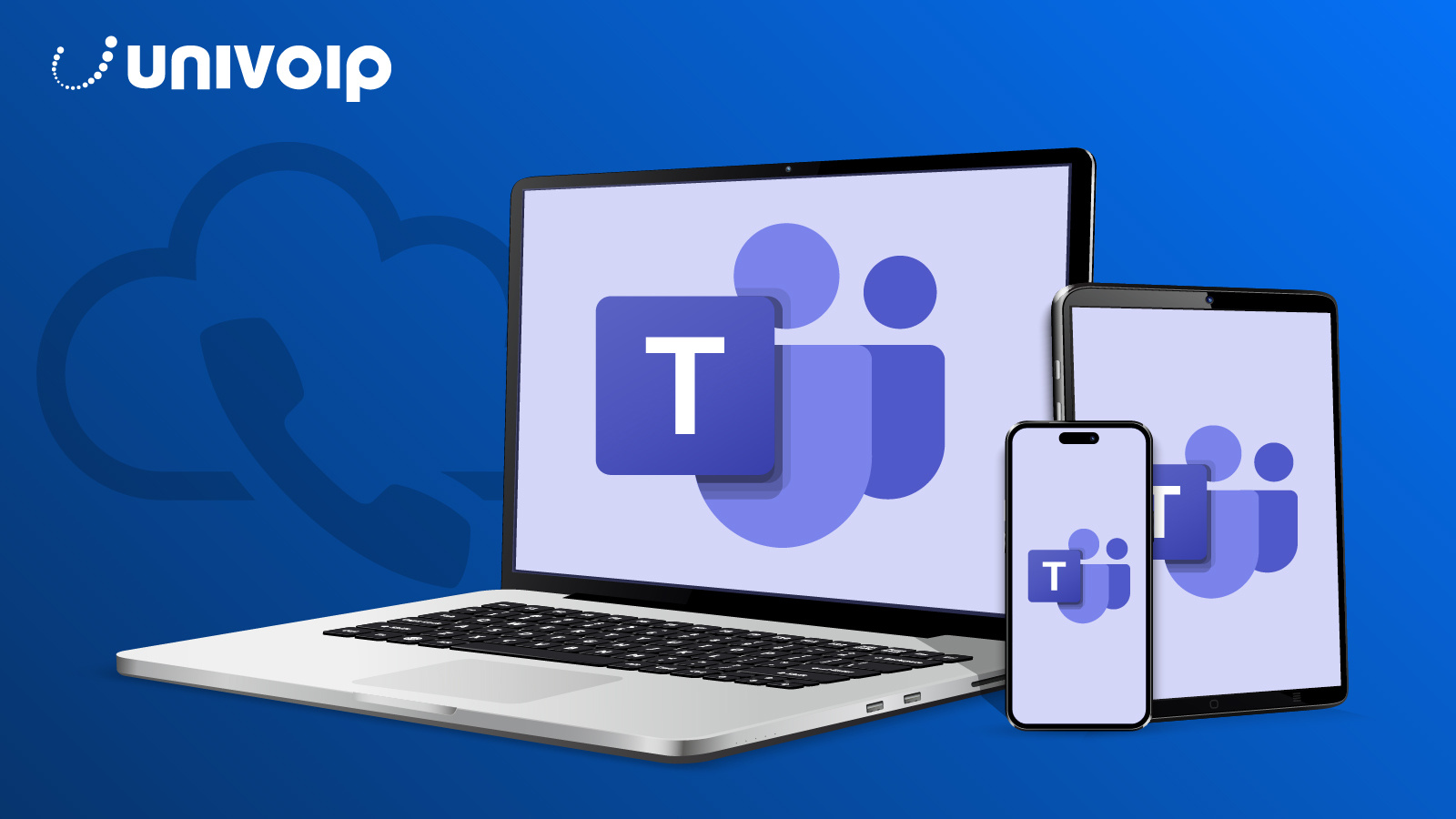Most businesses are deeply entrenched in the chaos that the COVID-19 pandemic has bestowed upon us. They are feeling the financial crunch, the disconnect across normal business functions and are facing the nearly non-existent growth dooming in the horizon.
It’s certainly not a predictable time, nor is it a time that businesses can operate under normal pretenses. Everything has changed for the foreseeable future and businesses and their employees are feeling the heat of not knowing when things will return to some state of normal.
Even when things go “back to normal” and the COVID-19 pandemic isn’t a looming threat, will the business environment go back to the way it was?
Experts say, “probably not.”

Businesses are adapting to the crisis and it’s likely these adaptations will take them beyond the Coronavirus pandemic. They are moving towards modern business communication strategies including video, voice and web conferencing as proactive approaches to elastic workforce environments.
So, when we look at the big picture, it’s important to point out that things most likely will never look the same again. Businesses are finding new ways of communicating across employees, connecting with their customers and developing their products despite growing limitations.
We may have inadvertently hit a cultural shift in the workforce that means businesses will function more efficiently on the other end of the pandemic.
So what’s changing? What are we seeing across the nation as businesses adapt to this new way of doing business?
Let’s take a look at how small businesses to large enterprises are shifting their operations to accommodate for the forced changes in business communications.

Mobile Collaboration Tools
These existed pre-pandemic and many companies had already implemented these solutions in their communications strategy. It’s not new, but the digitalization forced by COVID-19 has brought these applications more into the limelight – especially for slow adopters.
Bridging employees across departments, geographical locations, and devices, mobile collaboration tools have been and will continue to be a leading catalyst for business mobility.
Improving productivity and collaboration for staff, mobile collaboration tools allow employees to not only work efficiently from their home office, but they also encourage a more engaged workforce via a quick exchange of information.
Also to mention, mobile collaboration tools are extremely convenient. In this decade we are going to see a significant rise in the number of companies allowing for remote work opportunities. Why? Because it has proven economical and productive. Fascinating, right? Studies are showing that in most cases, managers are seeing higher levels of productivity from telecommuters.
Is it because distractions are at an all time low in the comfort of their home office, or is it because companies are equipping staff with the proper tool set to get work done on their own time, and in a way that makes most sense for them?
The answer is probably a combination of both, but it is undeniable that mobile collaboration tools are increasing staff productivity and collaboration, whether in or out of the office building.
Now, as we face the COVID-19 pandemic, many companies that were averse to using these mobile collaboration tools are being forced to see the light. The forced digitalization that many companies are facing is only serving as a guiding light for the future of their business. Business owners and managers are starting to see that mobile collaboration tools are a response to changing demands in their workforce. Employees want more flexibility and better work-life balances and companies must oblige to stay up with modern business culture.

Mobile collaboration tools are improving employee morale, which is ultimately contributing to an increase in overall employee productivity.
So, with that said, the COVID-19 pandemic is transforming company culture now and for the future. Those that already implemented mobile collaboration tools into their communication’s strategy had a leg up as governors started putting social distance restrictions into place but are likely even more immersed in the benefits of leveraging these tools than ever before.
For those that are only now turning to tools that enable remote productivity and collaboration, they are starting to see that even post-pandemic, mobile collaboration will have an undeniable positive impact on workplace performance.
On-Demand Webinar Recording:
Business Mobility in a Time of Crisis

In this casual, yet enlightening 15 minute presentation, Executive VP of Sales and business mobility expert, Michael Bacich walks you through leveraging productivity and collaboration tools that will help you overcome the communication challenges businesses are facing during the COVID-19 Pandemic.


